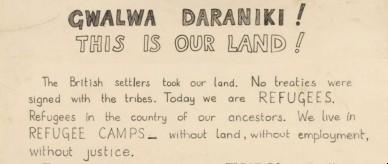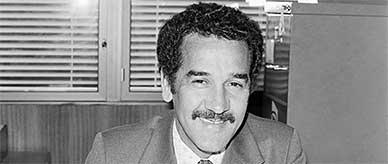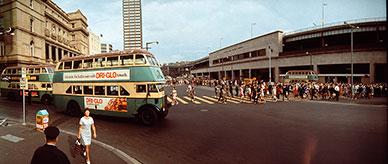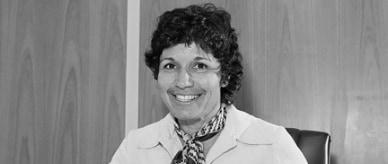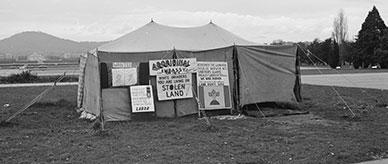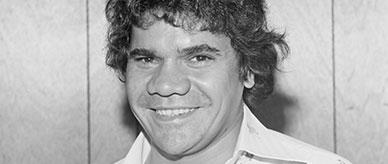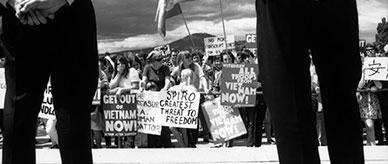


About this record
This record is a colour photograph of Aboriginal activists standing in front of the Aboriginal Tent Embassy in 1974. One of the activists is waving an Aboriginal flag. The Aboriginal Tent Embassy was established on the lawns of Parliament House (now Old Parliament House) on 26 January 1972 by four Aboriginal activists – Michael Anderson, Billy Craigie, Bertie Williams and Tony Coorey. The activists sat underneath a beach umbrella with a sign that read 'Aboriginal Embassy.'' They were protesting the government’s refusal to recognise the land rights of Aboriginal and Torres Strait Islander peoples.
An embassy is a group of officials who represent their government in a foreign country. As the national capital of Australia, Canberra is home to a number of foreign embassies from around the world. This protest was described as an embassy to highlight the fact that a treaty between First Nations people and the Australian government was never signed. Because of this, the activists felt like 'aliens' (foreigners) on their own land, and needed an embassy to represent their interests.
Foreign embassies are usually large, gated buildings with design features that represent the culture of their home country. The Aboriginal Tent Embassy was intended to represent the living conditions of many Aboriginal people in Australia. As support for the embassy grew, the original beach umbrella expanded to include a number of tents, some of which are visible in this photograph. The placards and protest signs in this photograph refer to a number of issues that were important to Indigenous people in 1974. These include:
- the land claim for Kulaluk – a stretch of coastal land near Darwin – made by the Larrakia people
- That Aboriginal public servant Charles Perkins was suspended from his job for calling the government in Western Australia 'racist' and 'redneck'
- the failure of the Australian Government to recognise the land rights and cultural rights of Aboriginal and Torres Strait Islander peoples.
The Aboriginal Tent Embassy remains active today. It currently highlights that Indigenous sovereignty over the land was never ceded, as well as other contemporary issues impacting First Nations people.
In 1995, the Aboriginal Tent Embassy was heritage-listed by the Australian Heritage Commission as a place of special political significance to Aboriginal and Torres Strait Islander peoples. At over 50 years old, it is considered the longest continuous protest for Indigenous rights in the world.
Acknowledgments
Learning resource text © Education Services Australia Limited and the National Archives of Australia 2010.
Related records
Related themes
Need help with your research?
Learn how to interpret primary sources, use our collection and more.

